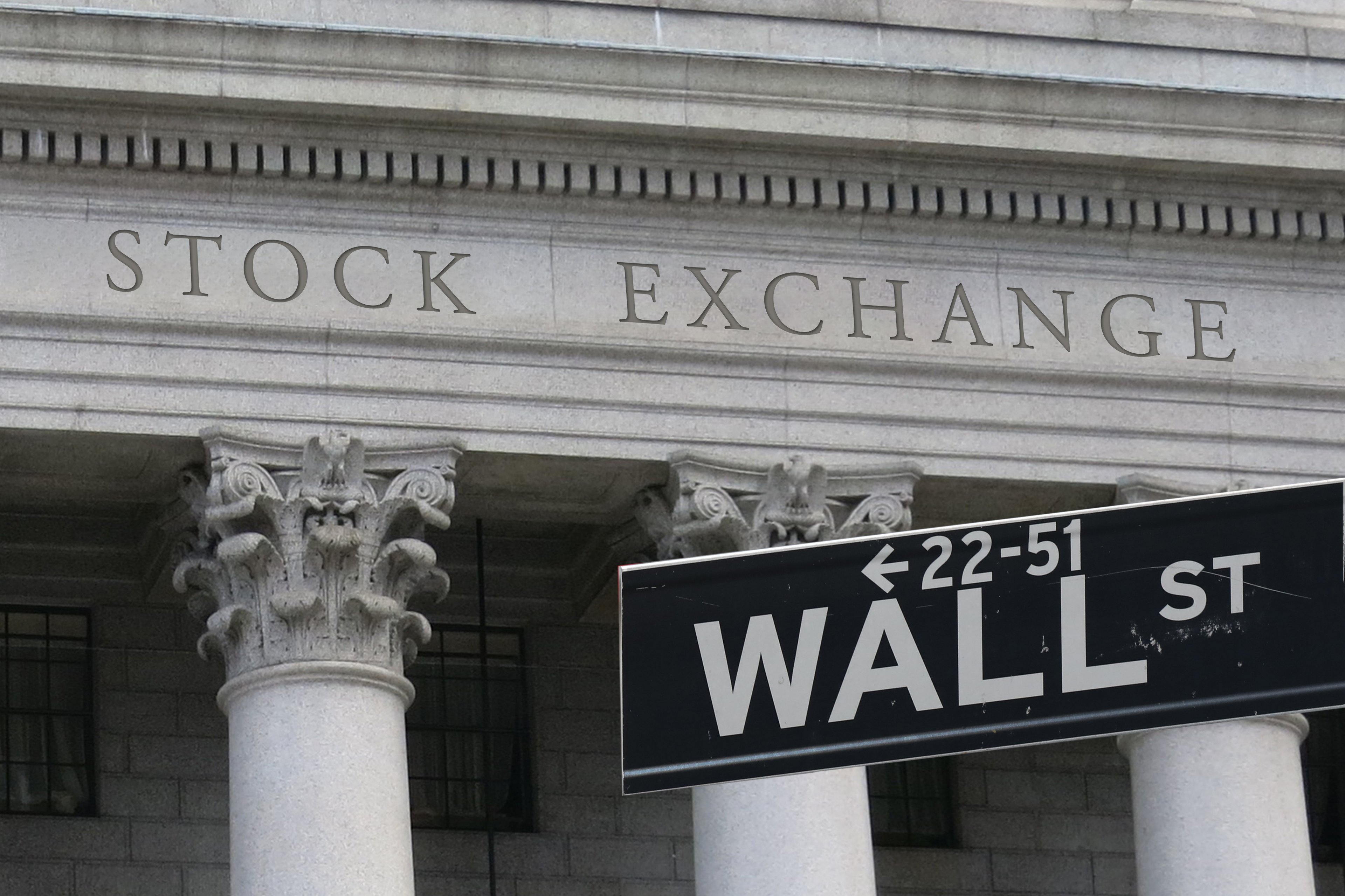JPMorgan Chase (JPM +0.88%) continues to remind investors why it's the gold standard in the financial services industry. The largest U.S. bank reported revenue and earnings that crushed Wall Street estimates for the second quarter (ended June 30). Shares have been a big winner so far in 2025.
The latest financial update is just another example of how JPMorgan Chase's business keeps humming along, to the benefit of long-term shareholders. If you invested $1,000 in this top bank stock five years ago, here's how much you'd have today.

Image source: JPMorgan Chase.
Navigating a dynamic macro environment
For such a mature and massive entity, it can be surprising to learn that JPMorgan's stock has produced a total return of 253% in the past five years (as of July 31). This comes from a combination of the share price appreciating and the company's dividend payout, turning $1,000 into $3,530 today.
What's impressive is that the business has successfully navigated a dynamic macro environment. Interest rates were extremely low after the onset of the COVID-19 pandemic, before rising rapidly in 2022. They appear to be on their way down, as the Federal Reserve is expected to cut rates before the year ends.
Besides that, there have been supply chain bottlenecks, inflationary pressures, and the recent tariff uncertainty. In the face of these factors, JPMorgan's diluted earnings per share in Q2 2025 were still 280% higher than in the same period of 2020.

NYSE: JPM
Key Data Points
Trading at a steep valuation
This stock has been a huge winner in the past five years. Because of its current valuation, however, investors shouldn't expect a similar result between now and 2030. Shares trade at a price-to-book (P/B) ratio of over 2.4. That's a 92% premium compared to exactly five years ago. And it's essentially the stock's most expensive P/B multiple in two decades.
JPMorgan Chase is a great business. But it's not a smart buy right now.





